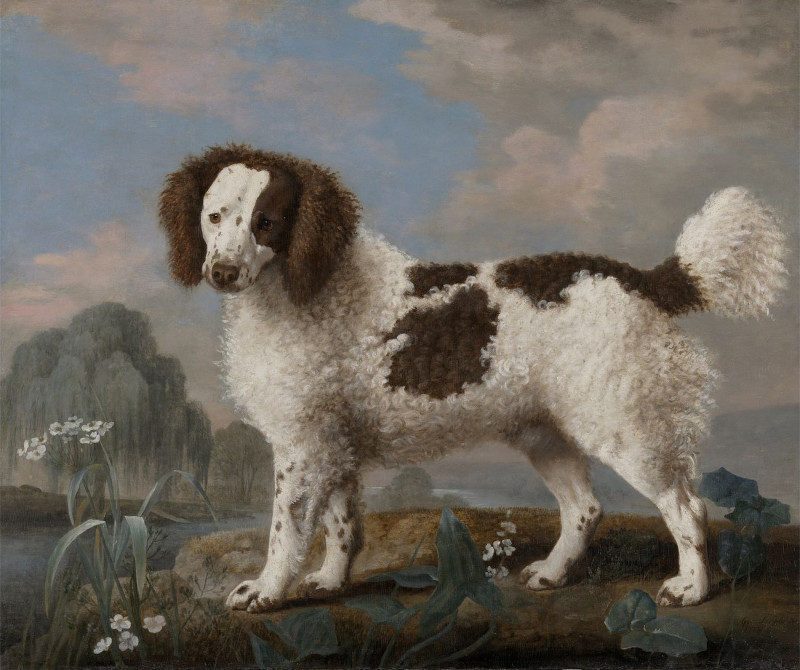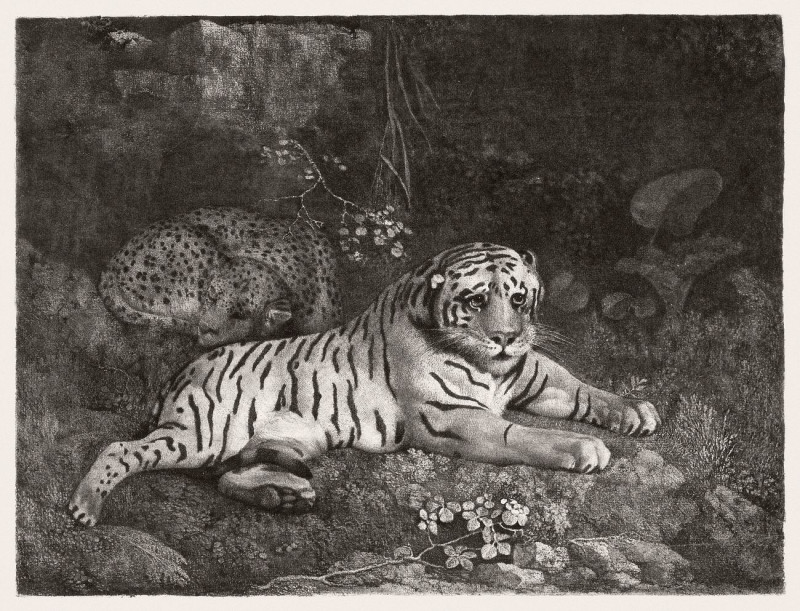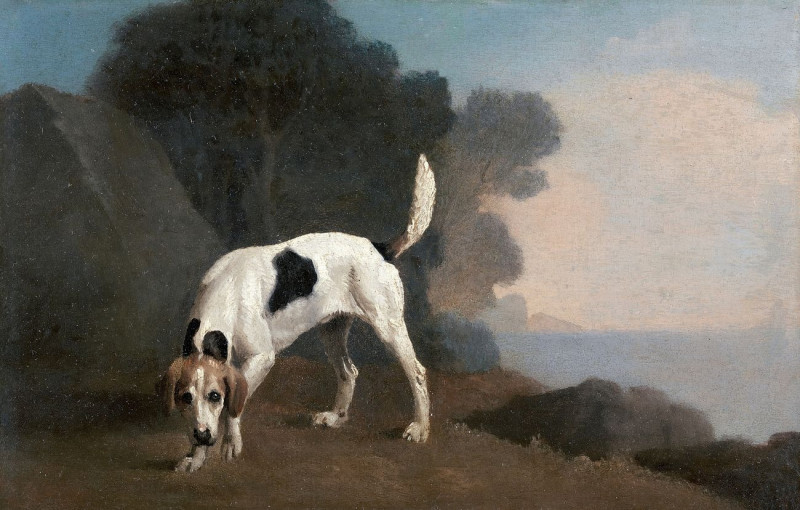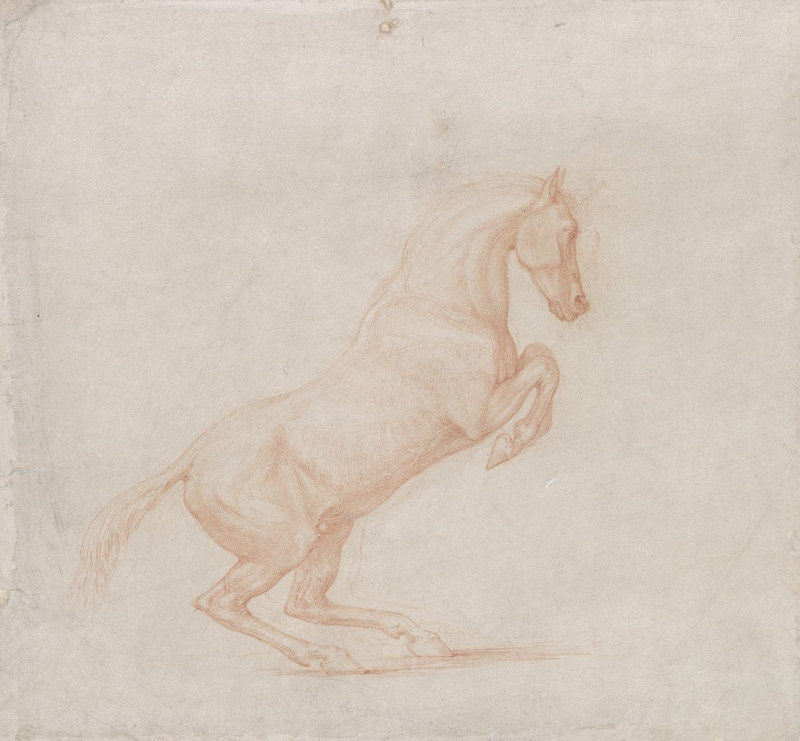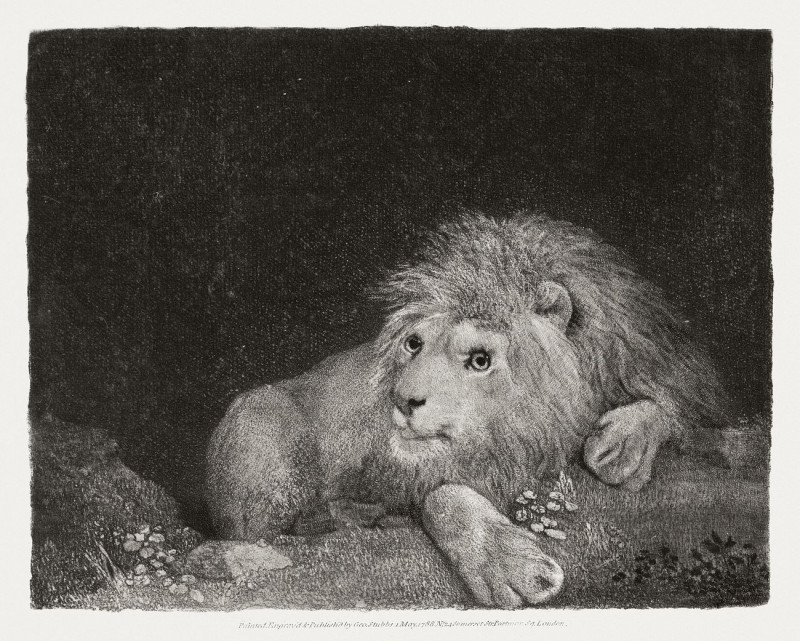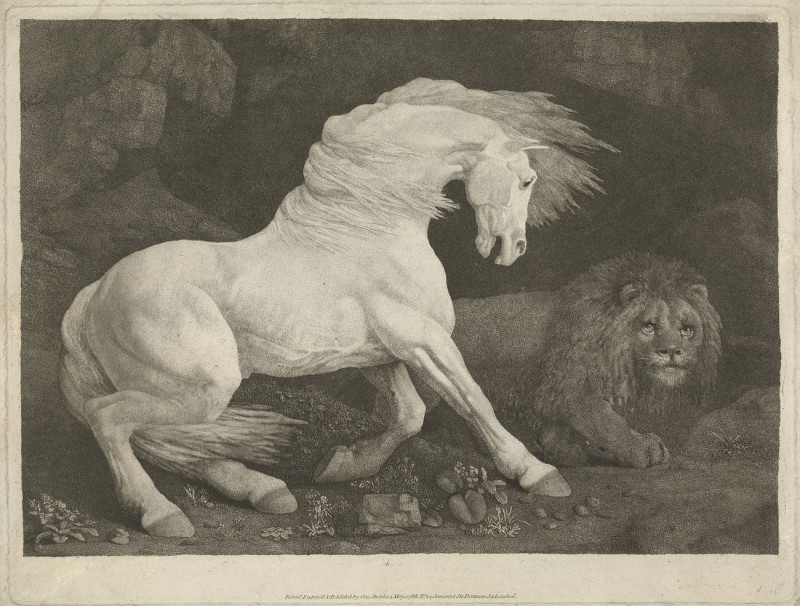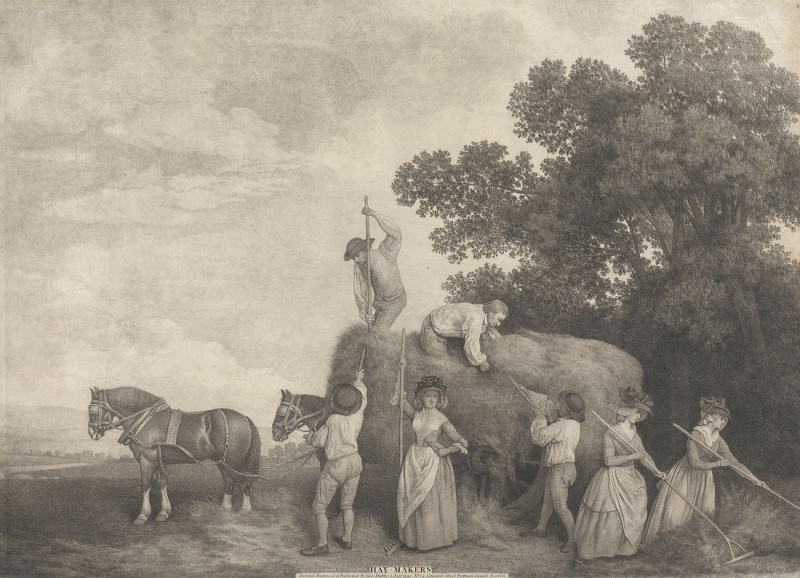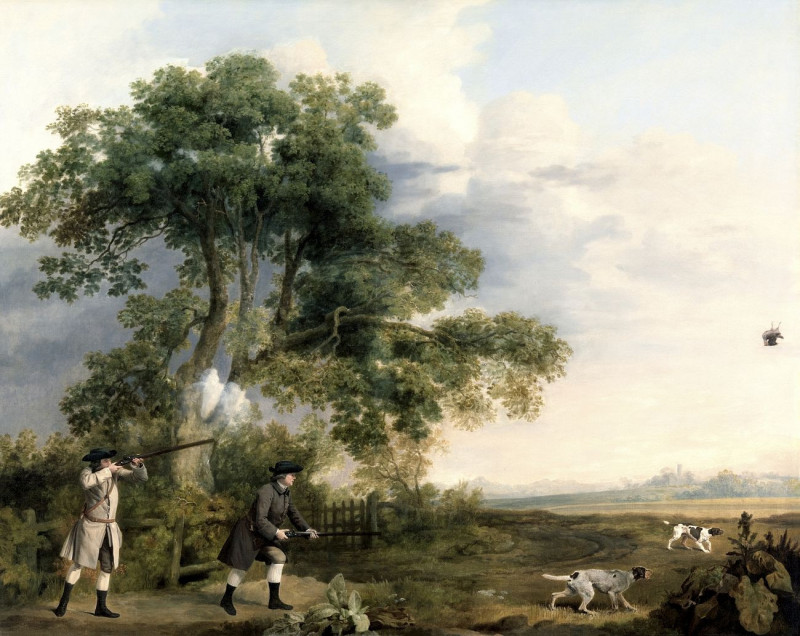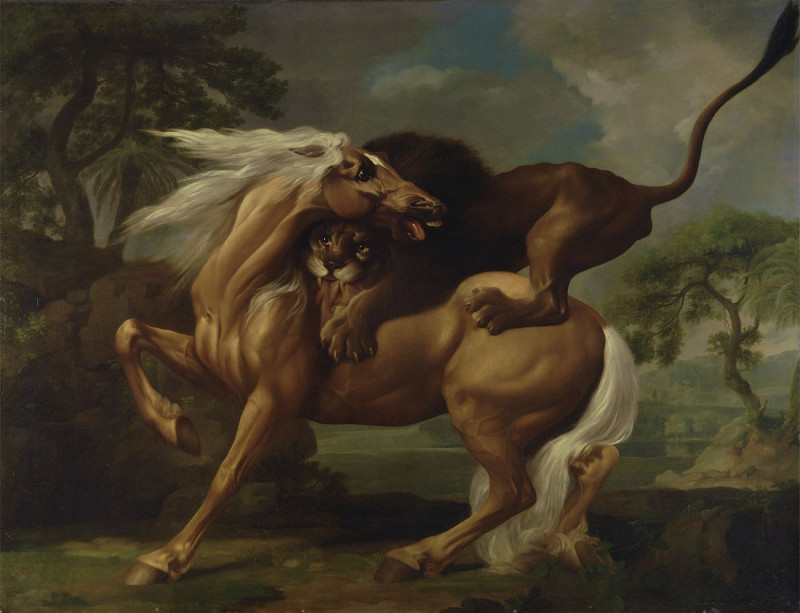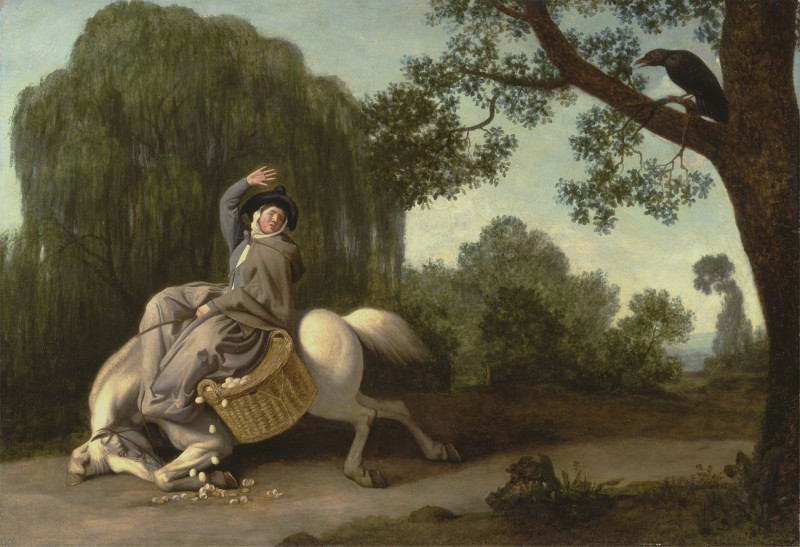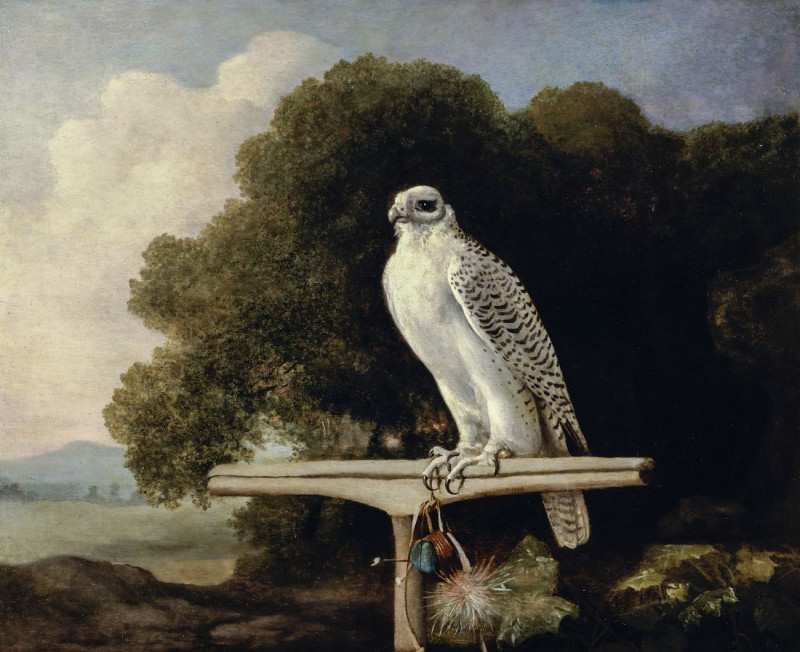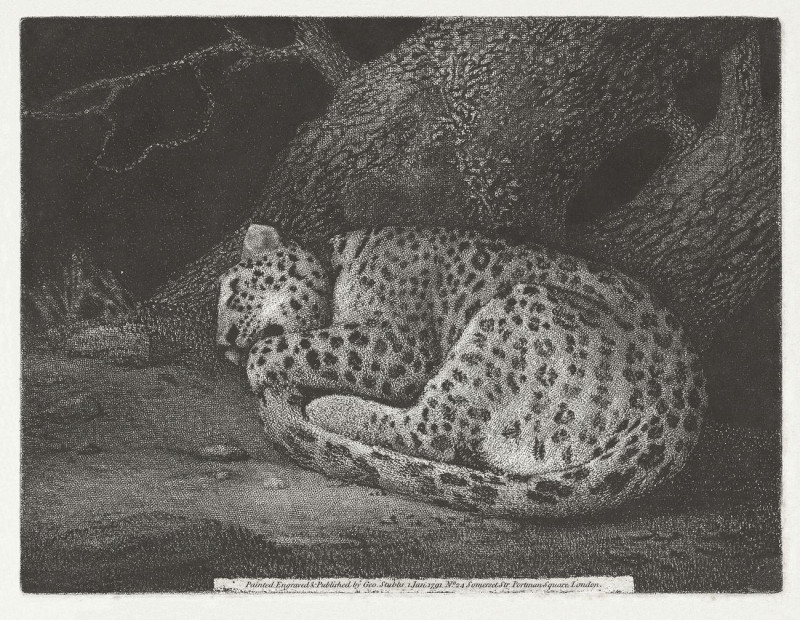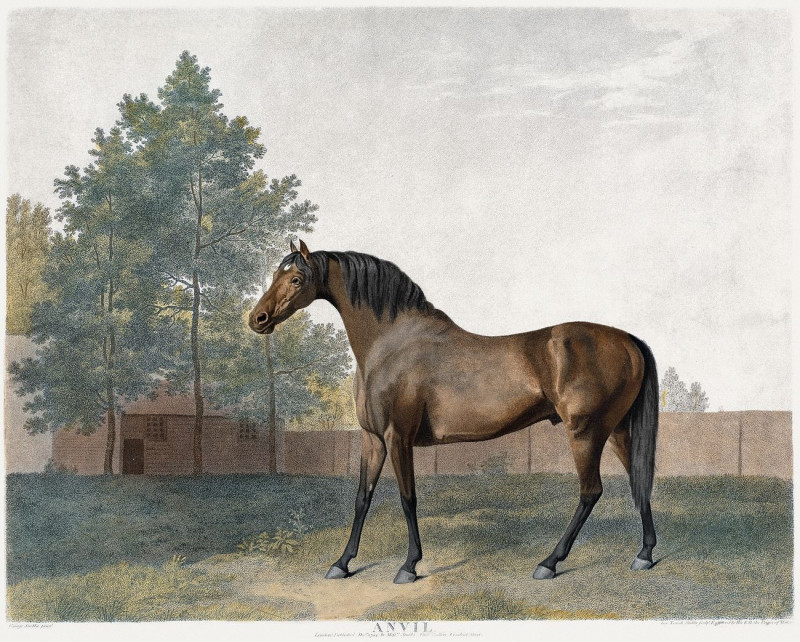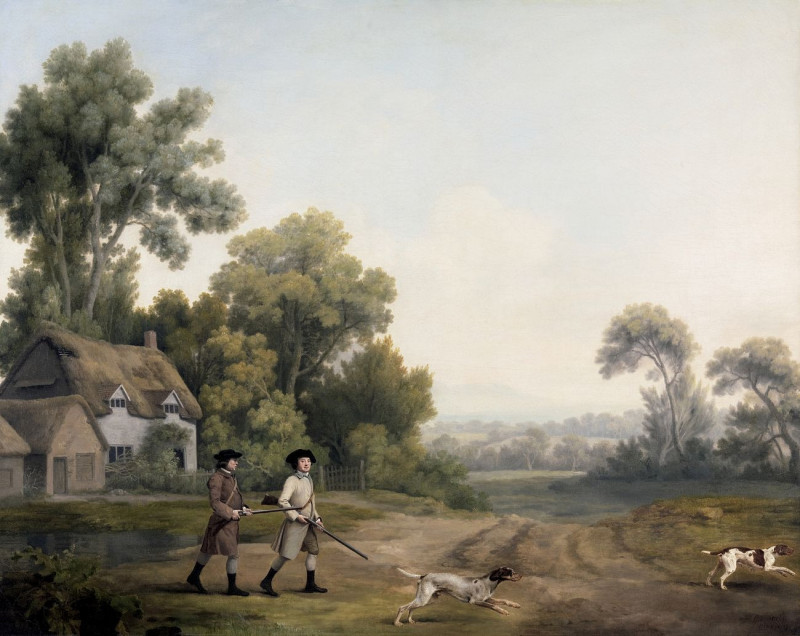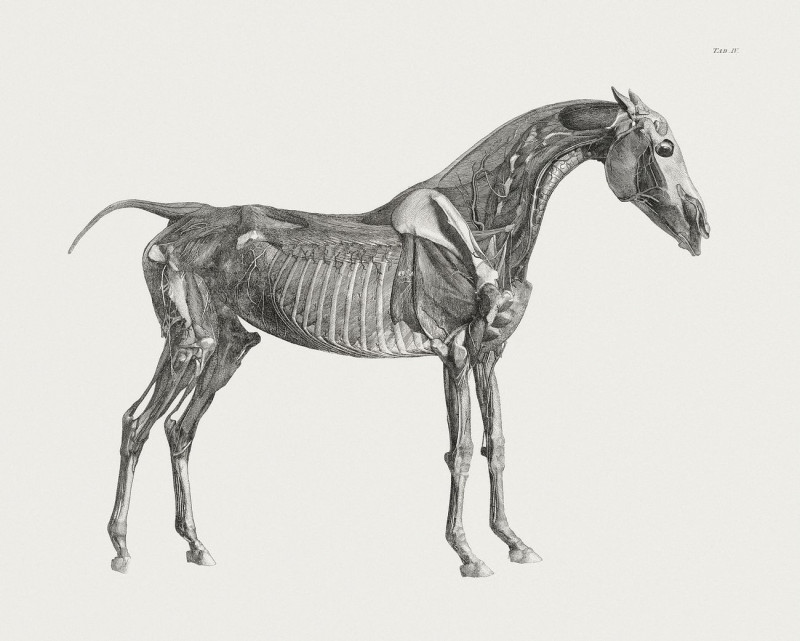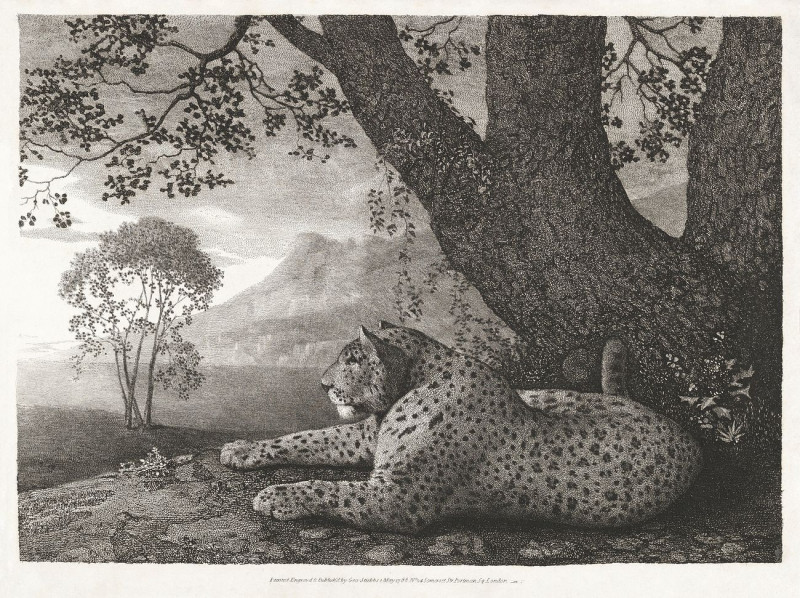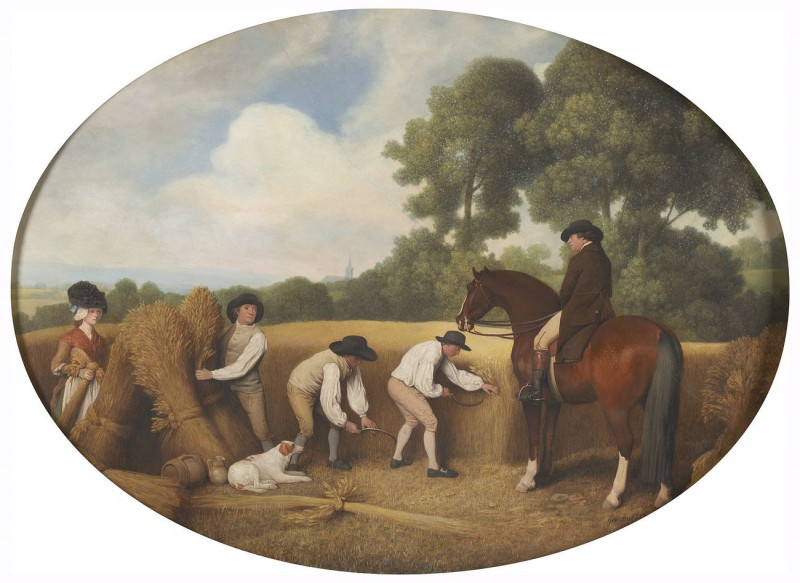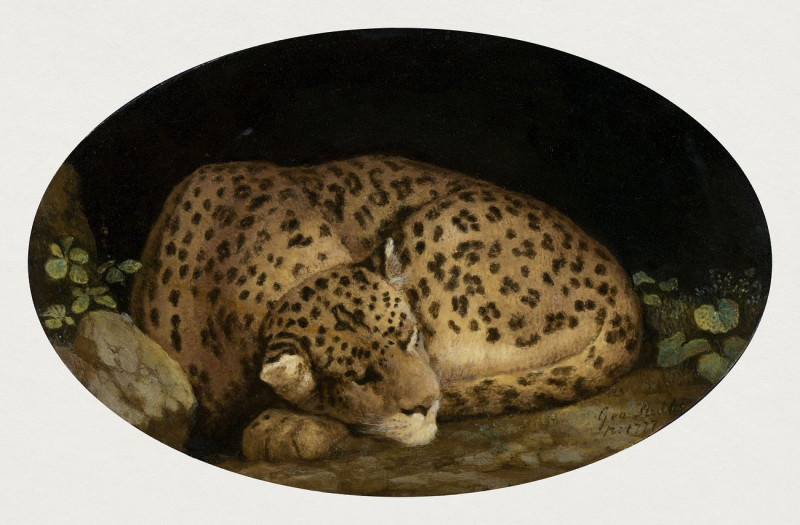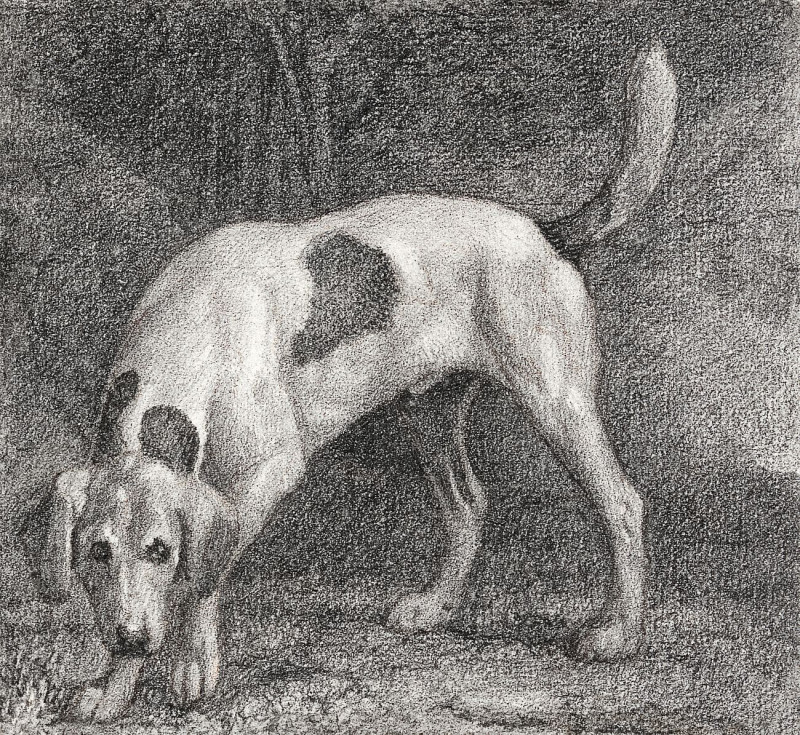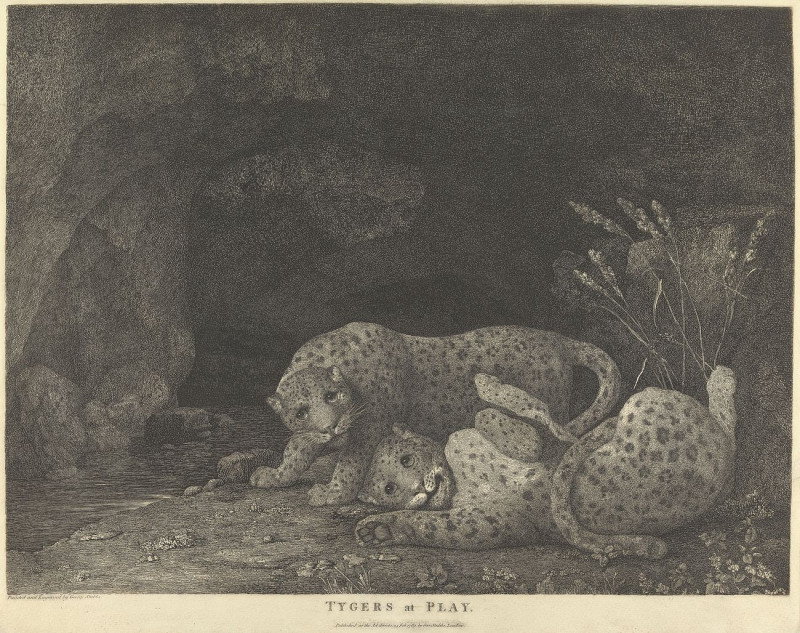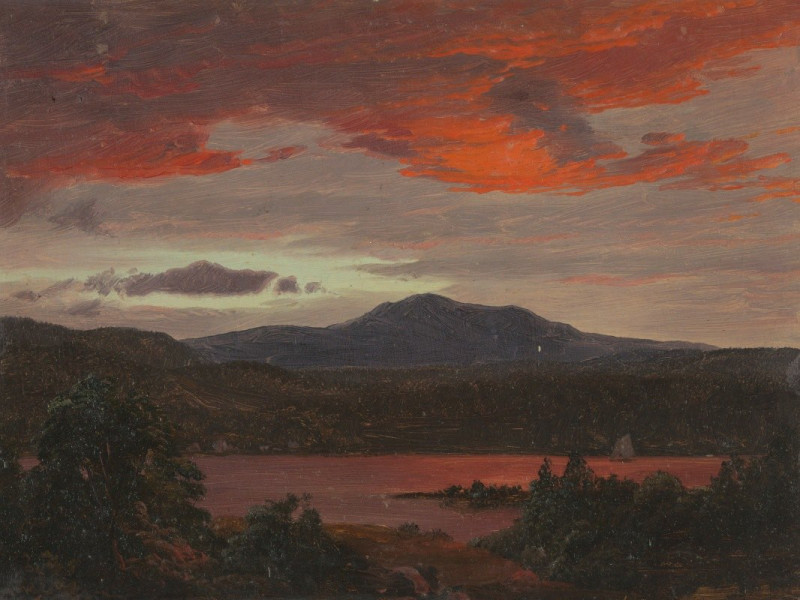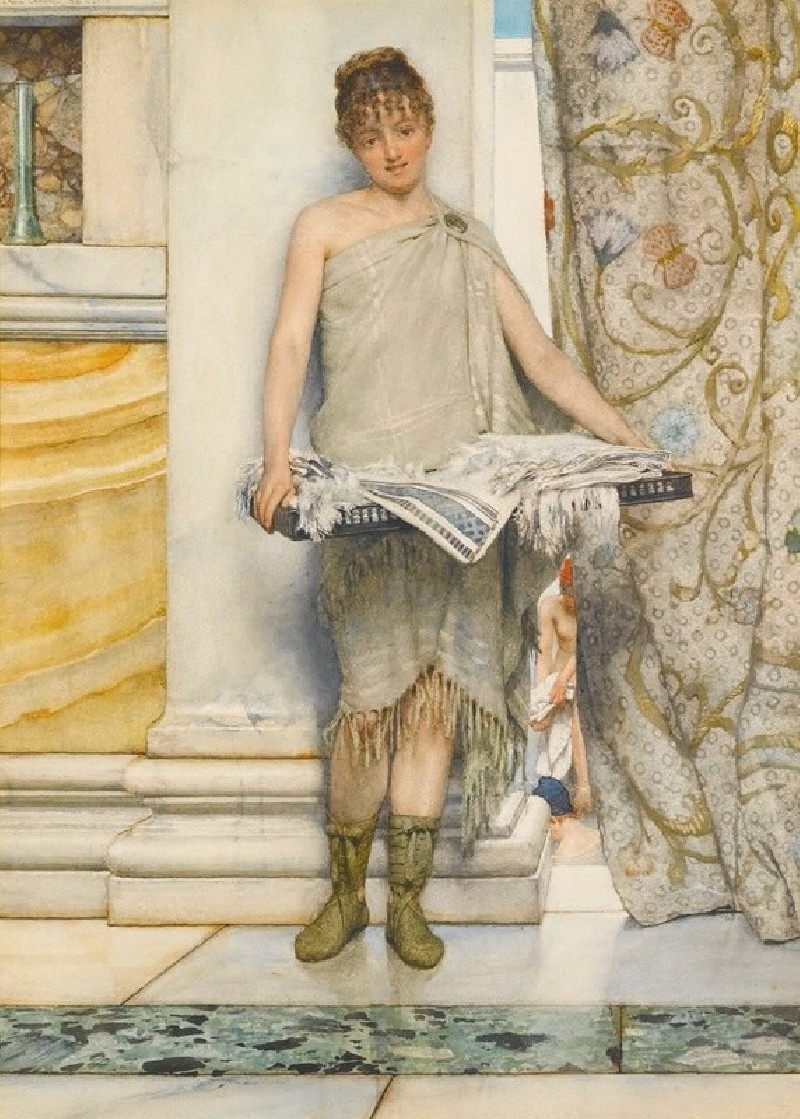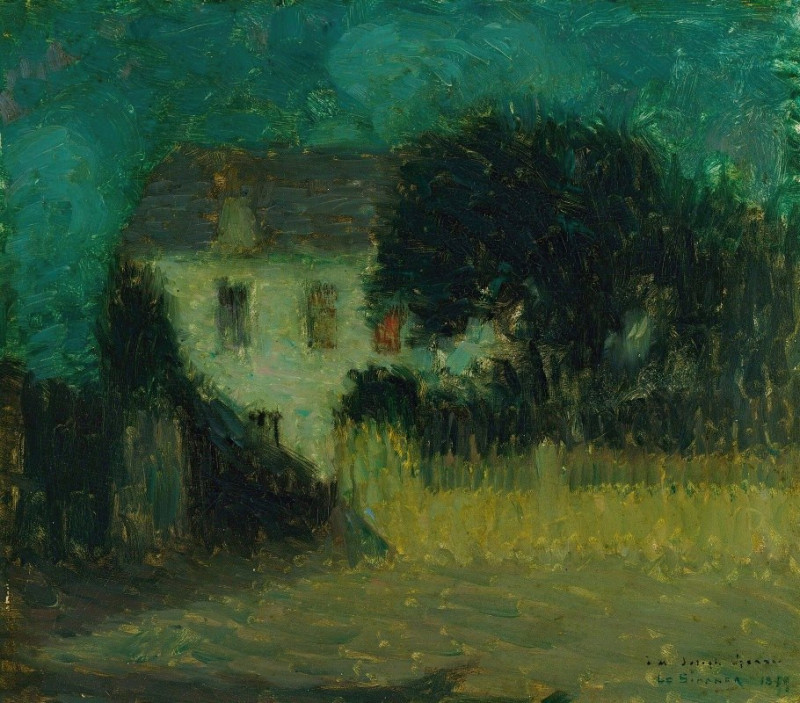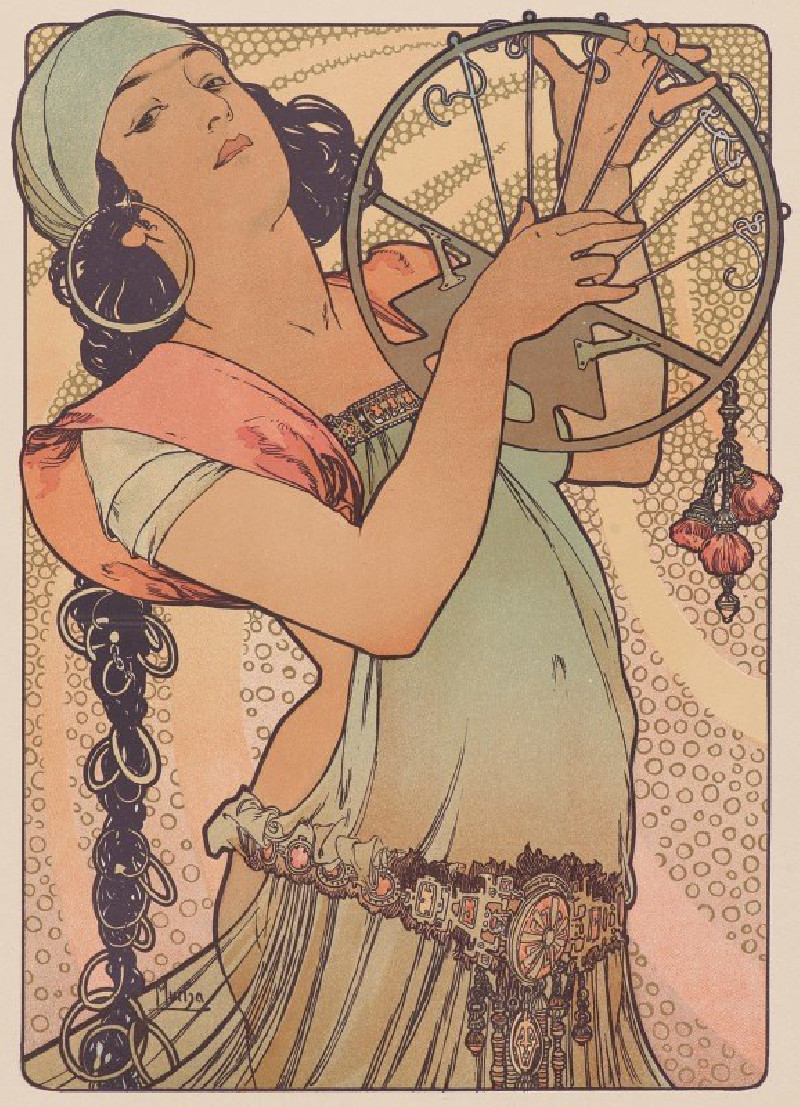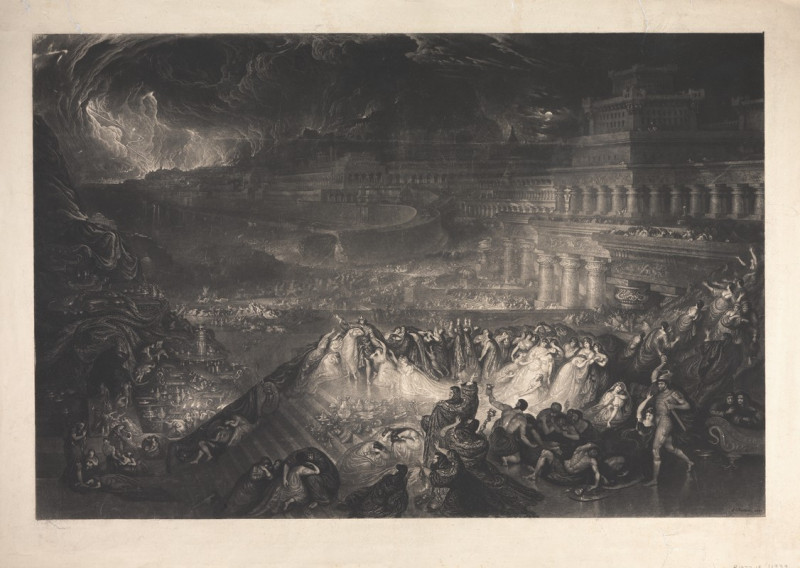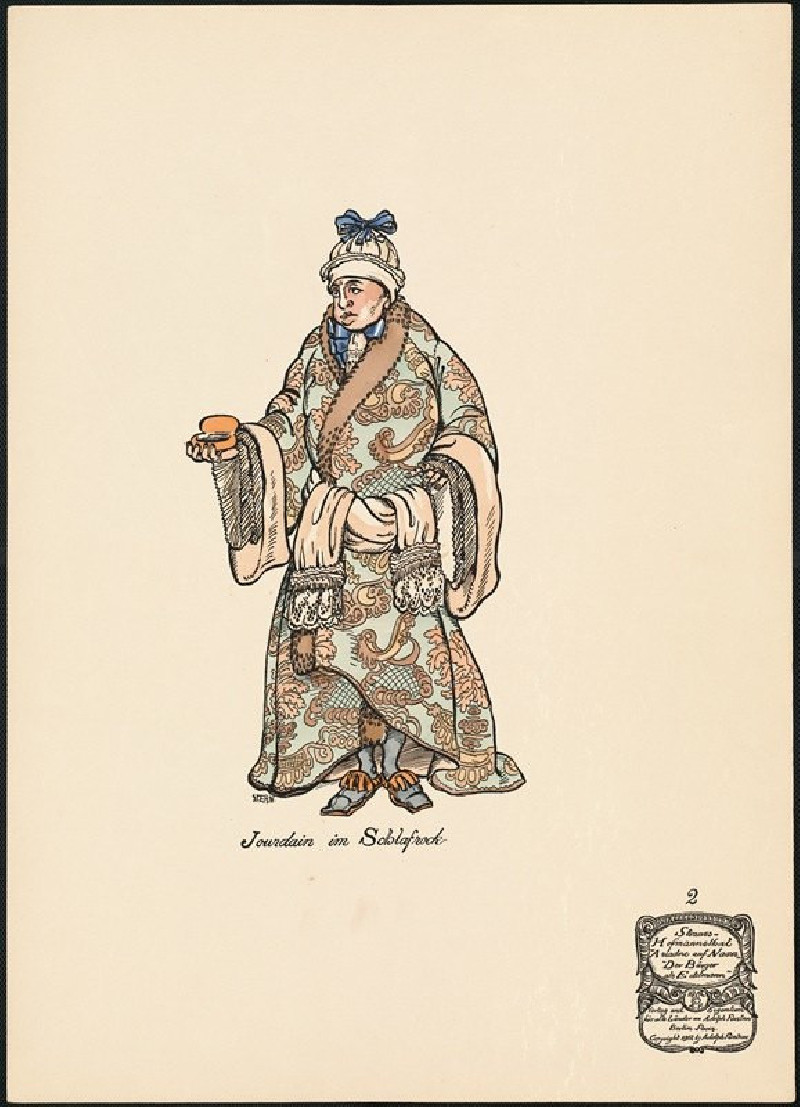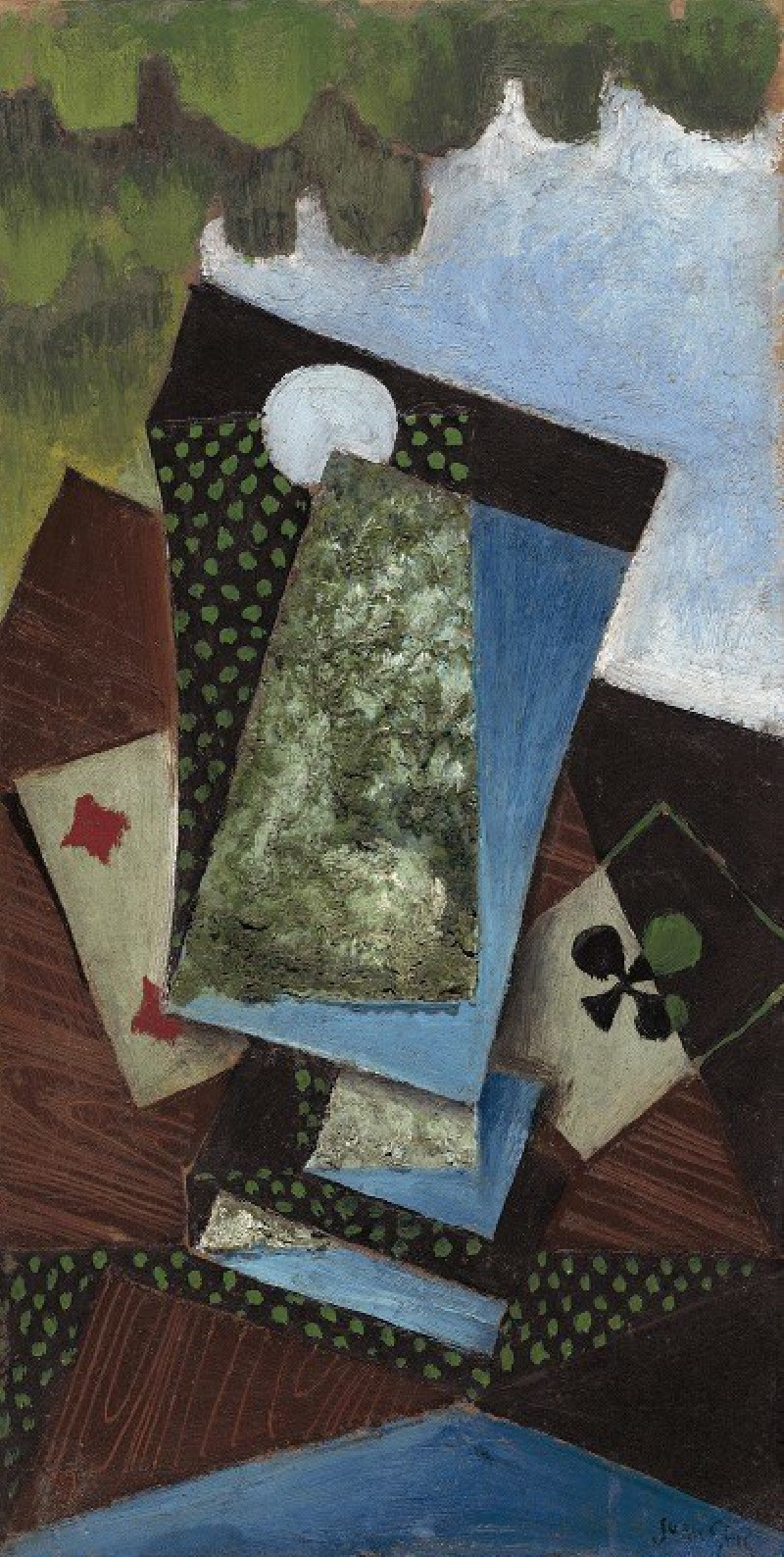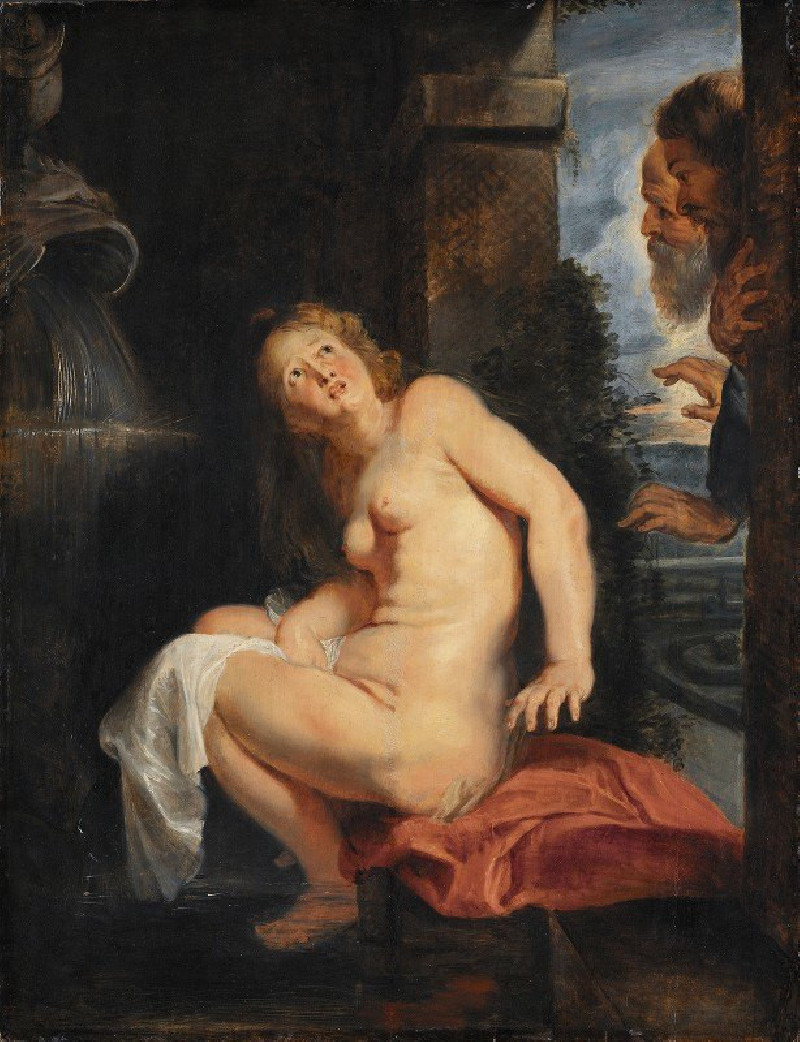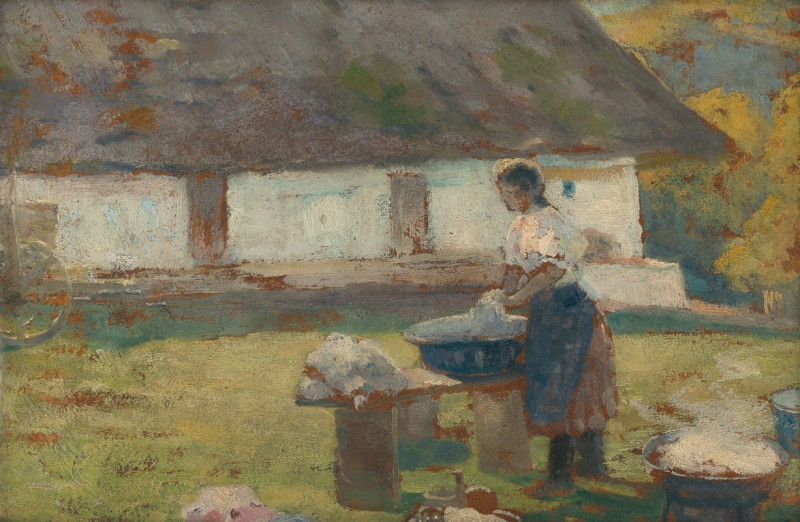Captain Samuel Sharpe Pocklington With His Wife, Pleasance, And Possibly His Sister, Frances
Technique: Giclée quality print
Recommended by our customers
More about this artwork
This painting by George Stubbs, entitled "Captain Samuel Sharpe Pocklington With His Wife, Pleasance, And Possibly His Sister, Frances," is a captivating 18th-century work that intricately blends portraiture with a lush landscape background. In the painting, three figures and a horse are staged under the grandeur of an expansive tree, which fills the composition with a sense of natural grandeur and depth.On the left, two women are depicted; one is dressed in a rich blue gown with genteel adornments and the other in a flowing white dress, which suggests delicate elegance typical of the period's style. These women, understood to be Pleasance, Samuel Sharpe Pocklington's wife, and possibly his sister Frances, are interacting gracefully with a chestnut horse, held by the central male figure.Captain Samuel Sharpe Pocklington himself stands assertively in the middle, clad in a red military-style waistcoat with blue facing and gold details, white breeches, and black boots, symbolizing his social stature and authority. His poised demeanor and the firm grip on the horse's reins speak of his commanding personality.The background unveils a serene landscape, with a distant lake visible amidst softer tree-covered hills, adding a sense of tranquil depth to the scene.
Delivery
Returns
George Stubbs (25 August 1724 – 10 July 1806) was an English painter, best known for his paintings of horses. Self-trained, Stubbs learnt his skills independently from other great artists of the 18th century such as Reynolds and Gainsborough. Stubbs' output includes history paintings, but his greatest skill was in painting animals, perhaps influenced by his love and study of anatomy. His series of paintings on the theme of a lion attacking a horse are early and significant examples of the Romantic movement that emerged in the late 18th century. He enjoyed royal patronage. His painting, Whistlejacket hangs in the National Gallery, London.


